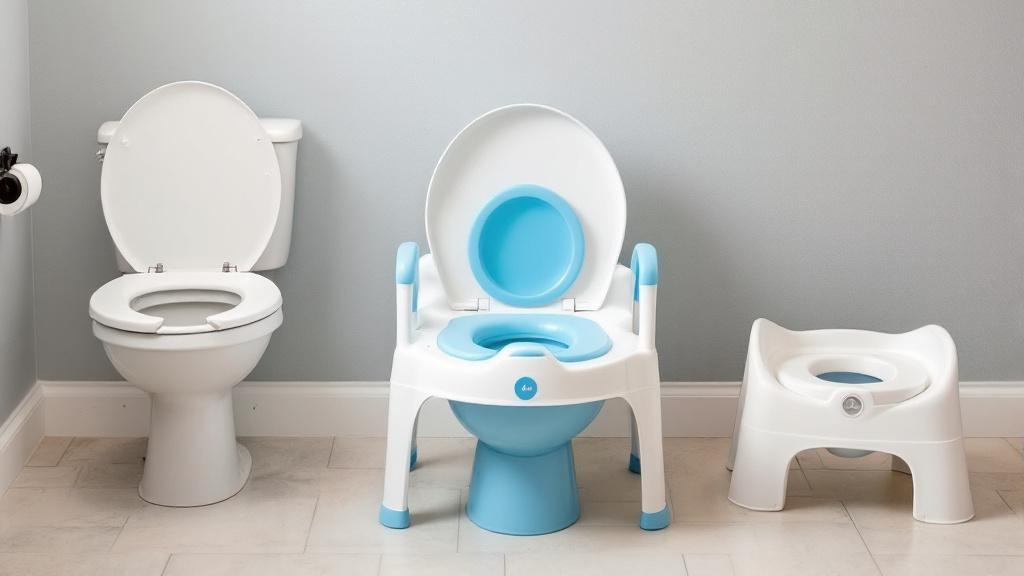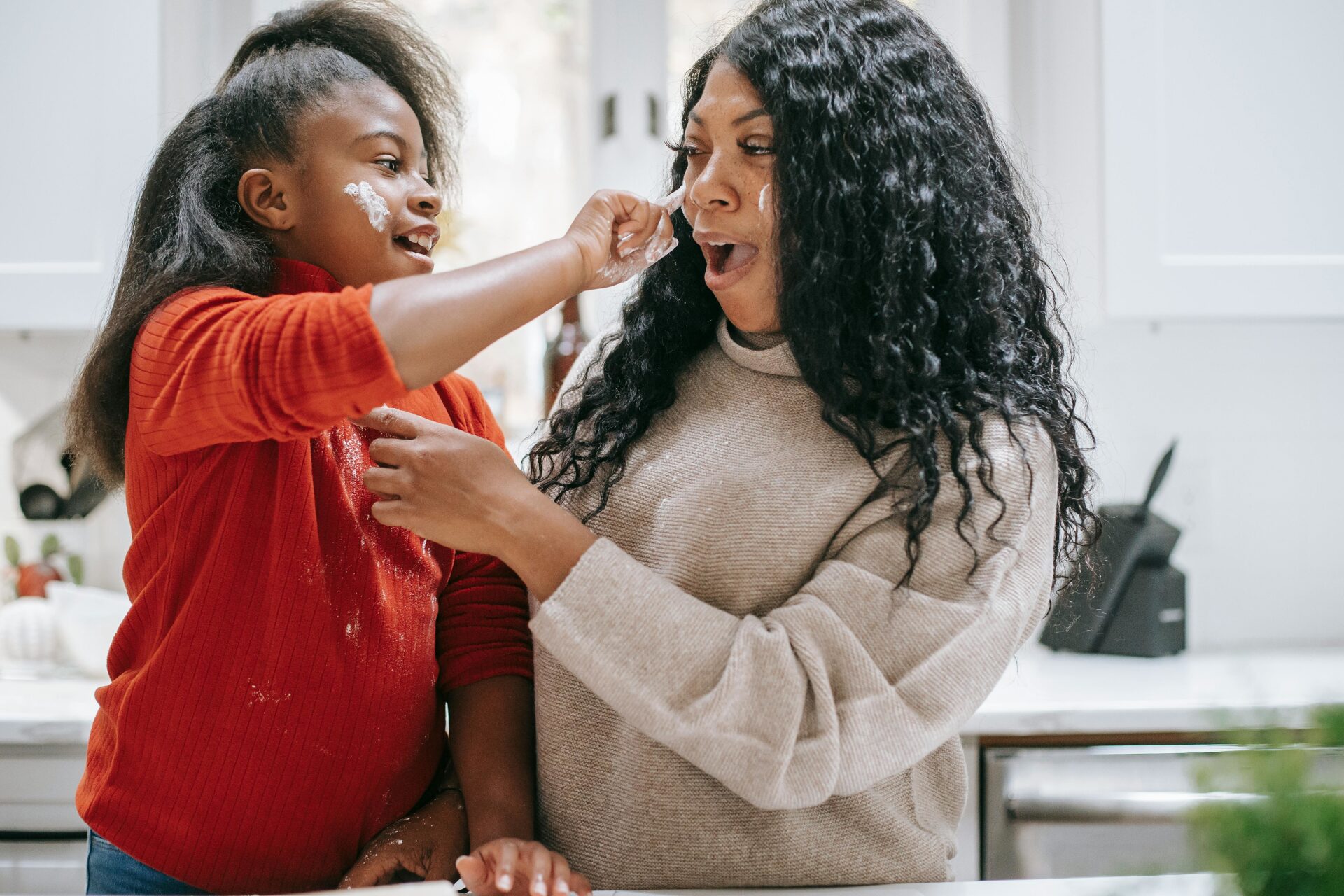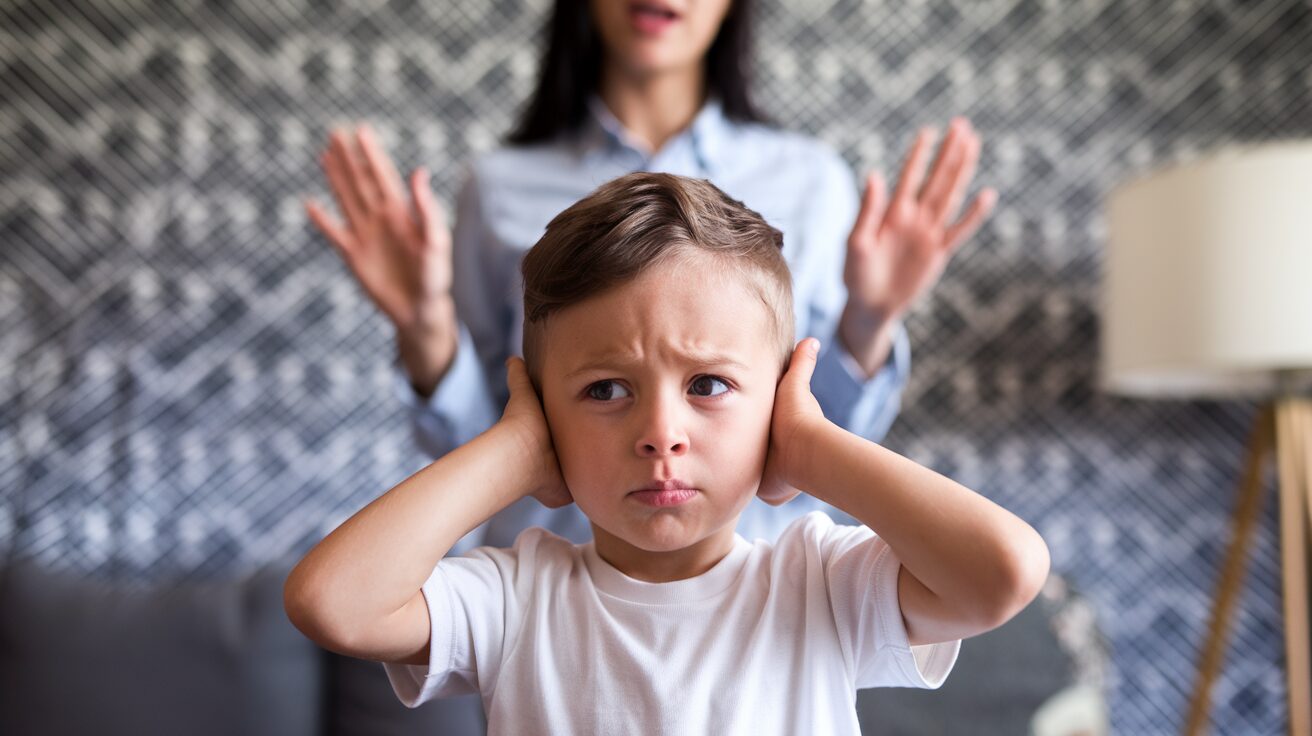Potty training. Just the words can send shivers down the spine of even the most seasoned parent. But fear not, mamas! This isn’t a mountain you have to climb alone. Consider this your friendly guide, packed with potty training tips and tricks to help you navigate this exciting (and sometimes messy!) milestone with your little one.
Is My Child Ready? Spotting the Signs of Potty Training Readiness
Before diving into the potty training tips, it’s important to make sure your child is actually ready. Starting too early can lead to frustration for you and your child. Look for these signs:
- Shows Interest: Are they curious about the toilet or watching you use it?
- Stays Dry Longer: Can they stay dry for at least two hours during the day?
- Communicates Needs: Can they tell you when they need to go, even if it’s just through gestures?
- Follows Simple Instructions: Can they understand and follow basic directions?
- Dislikes Dirty Diapers: Do they show discomfort or try to remove a soiled diaper?
- Physical Readiness: Can they pull their pants up and down independently?
If you’re seeing several of these signs, congratulations! You might be ready to embark on your potty training journey.



Potty Training Tips: Your Arsenal of Awesome
Alright, let’s get down to the nitty-gritty. Here are some tried-and-true potty training tips that have helped many moms (including me!) successfully potty train their little ones:
- Pick the Right Potty: Involve your child in choosing a potty chair or a toilet seat reducer. Making them feel like they have a say can boost their interest.
- Introduce the Potty Early: Let your child get familiar with the potty. Let them sit on it (fully clothed) while you read them a book or sing songs. This helps normalize it.
- Establish a Routine: Regularity is key! Encourage your child to sit on the potty at specific times, like after waking up, after meals, and before naps. Even if they don’t “go,” it helps them get used to the routine.
- Positive Reinforcement is Your Best Friend: Forget the scolding! Celebrate every success, no matter how small. Use praise, stickers, or a small, non-food reward. “You sat on the potty! High five!”
- Make it Fun! Read potty-themed books, sing potty songs, or even create a potty chart with stickers. The more enjoyable you make it, the more likely your child will cooperate.
- Dress for Success: Opt for clothes that are easy to pull up and down, like loose pants or dresses. Avoid complicated outfits with buttons and zippers that can slow them down.
- Potty Breaks on the Go: When you’re out and about, plan for frequent potty breaks. Public restrooms can sometimes be scary to little ones, so consider bringing a portable potty seat.
- Nighttime Potty Training is a Different Beast: Nighttime dryness often comes later. Don’t stress if your child isn’t dry at night right away. Use waterproof mattress protectors and be patient.
- Don’t Compare: Every child is different. Don’t compare your child’s progress to others. Focus on their individual journey and celebrate their achievements.
- Accidents Happen! And they will. Don’t get discouraged. Clean up the mess calmly and reassure your child that it’s okay. A simple “Oops! Let’s try again next time” is all you need.
- Consistency is Key: Make sure everyone involved in your child’s care (grandparents, daycare providers, etc.) is on the same page with your potty training tips and methods.
- Listen to Your Child: If your child is consistently resisting or showing signs of distress, take a break. You can always try again in a few weeks or months.
Potty Training Tricks: Mom Hacks for the Win!
- The “Potty Dance”: Teach your child to recognize the feeling of needing to go and do a little “potty dance” to signal you.
- Floating Targets: For boys, put a few Cheerios in the potty as a target. It makes aiming fun!
- Potty Training Pants: These are a great transition from diapers to underwear. They offer a little extra protection while still allowing your child to feel wetness.
- Visual Timers: Use a visual timer to help your child understand how long they need to sit on the potty.
When to Seek Professional Advice
While most children potty train successfully with patience and consistency, there are times when it’s helpful to consult with your pediatrician. Talk to your doctor if:
- Your child is consistently refusing to use the potty after several weeks of trying.
- Your child is experiencing pain or discomfort when urinating or having a bowel movement.
- Your child is having frequent accidents after being potty trained for several months.
You Got This, Mama!
Potty training can feel overwhelming, but remember to breathe, stay positive, and celebrate the small victories. With these potty training tips and a whole lot of patience, you and your little one will conquer the potty in no time. Good luck, and remember, you’re doing a great job!
You may also be interested in: The 6 Best Kinds of Potty Chairs



FAQ
When is the best time to start potty training my child?
There’s no magic age! Most children show signs of readiness between 18 months and 3 years old. Look for signs like: showing interest in the toilet, staying dry for longer periods (2+ hours), telling you when they’ve wet or dirtied their diaper, being able to pull their pants up and down, and following simple instructions. Don’t rush it; starting when they’re ready will make the process much smoother!
My child is showing signs of readiness, but gets upset when I suggest using the potty. What should I do?
Don’t worry, it’s common for children to feel hesitant! Try making the potty a fun and familiar place. Let them sit on it fully clothed while reading a book or playing a game. You can also try introducing potty training books or videos. Avoid pressure or punishment, as this can create negative associations. Just take it slow and offer encouragement.
What kind of potty should I buy?
There are two main types: a standalone potty chair or a seat that sits on top of the regular toilet. A standalone potty is often easier for younger children to use independently, while a toilet seat adapter can help them transition to using the regular toilet. Consider your child’s size, comfort, and your bathroom setup when making your choice. Some potties also have fun features like sounds or lights, which can be motivating for some children.
My child was doing great with potty training, but now they’re having accidents again. What happened?
Regression is completely normal! It can happen due to stress, changes in routine (like a new sibling or starting daycare), or even just a growth spurt. Try to be patient and understanding. Avoid scolding them. Go back to basics, offer extra encouragement, and make sure they’re getting enough fluids and fiber. If the regression persists or you’re concerned, talk to your pediatrician.
How long does potty training usually take?
Every child is different, so there’s no set timeline. Some children master potty training in a few weeks, while others take several months. The key is to be patient, consistent, and positive. Focus on celebrating small successes and remember that accidents are a normal part of the process. Don’t compare your child to others; focus on their individual progress.
What’s the best way to handle accidents during potty training?
Accidents are a part of the process, so try to stay calm and positive. Clean up the mess without making a fuss and remind your child that they’ll get it next time. Avoid scolding or shaming them, as this can be discouraging. You can also try to identify patterns – are accidents happening at specific times of day? This might help you anticipate their needs and offer more frequent potty breaks.
What kind of rewards or incentives should I use during potty training?
Positive reinforcement can be a great motivator! Small, immediate rewards work best. Consider using stickers, small toys, extra playtime, or verbal praise. Avoid using food as a reward, as this can create unhealthy habits. The most important reward is your enthusiastic encouragement and support! As your child gains confidence, you can gradually phase out the rewards.




